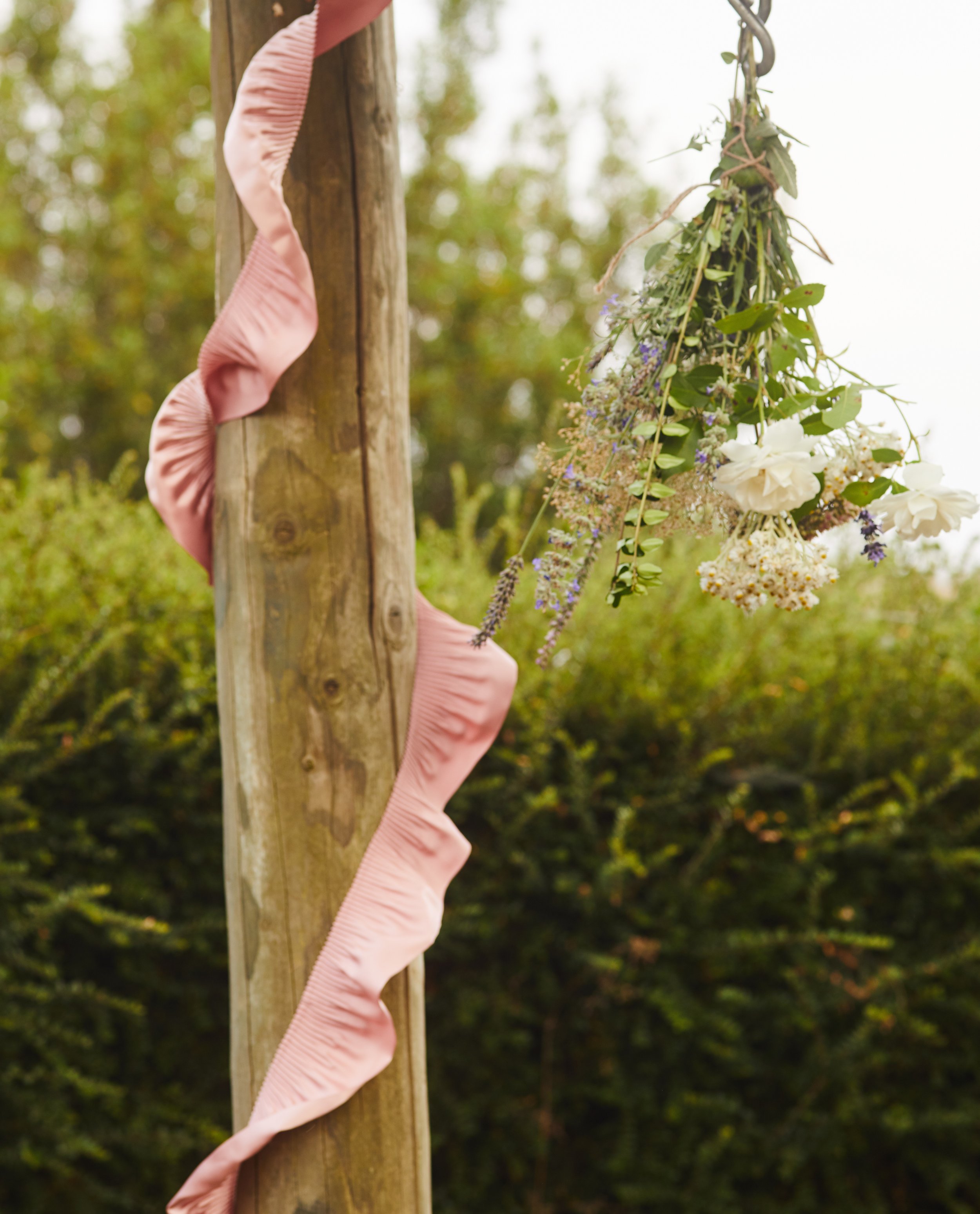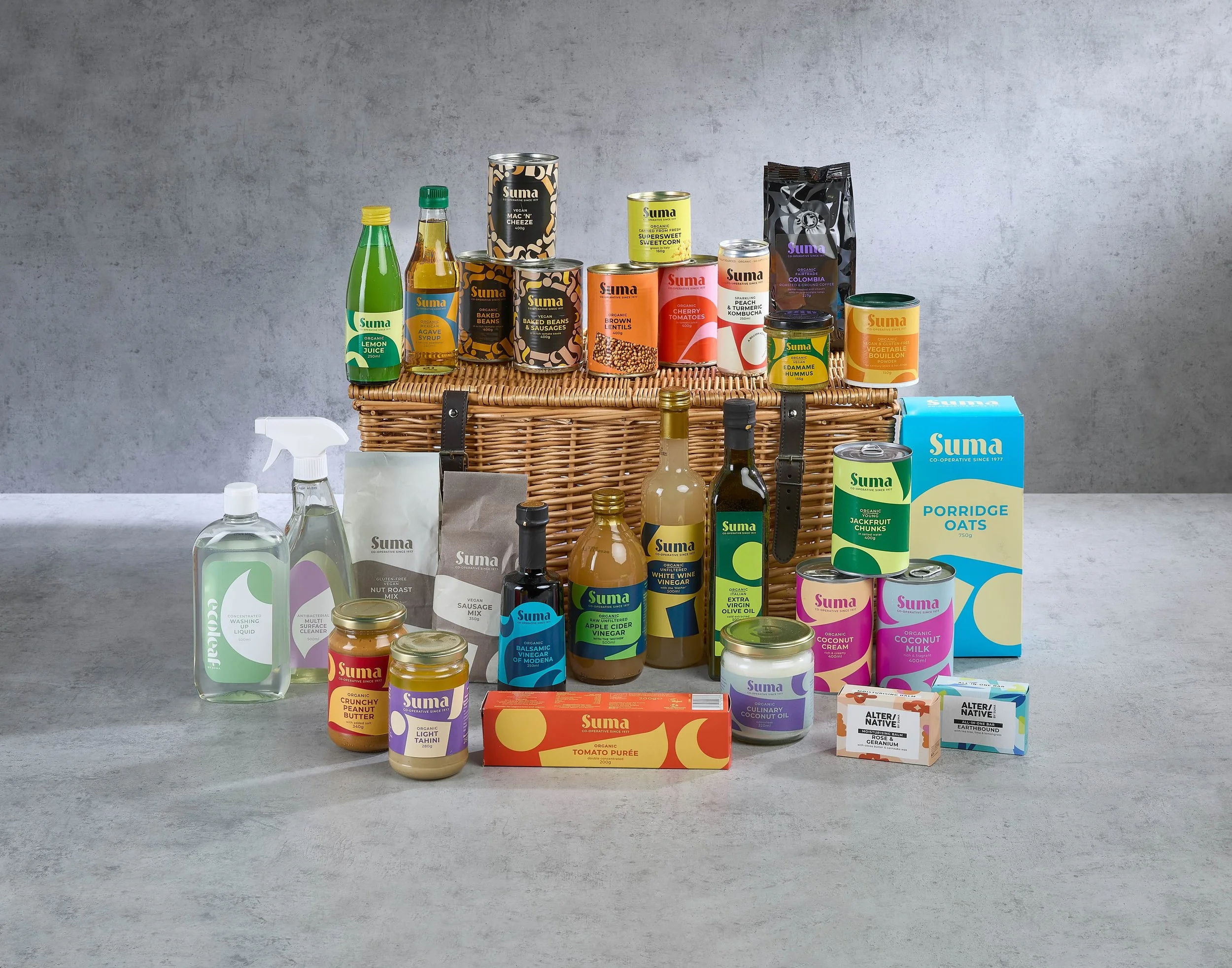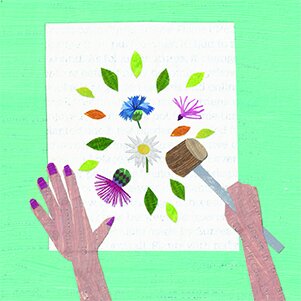A posy always gives us a little boost, whether we’re giving or receiving. Who doesn’t love a little bunch of blooms, after all?
Next time you tie up a little bunch of garden flowers for a friend, spare a thought for people of Medieval times, who carried ‘nosegays’ (a small posy to make the nose happy) of flowers and herbs, to combat the natural stench of the medieval street. It was also believed that posies might ward off plague and other diseases.
Thankfully, for posies and for humanity, life in general was to become gradually more sweet smelling. By Victorian times, posies were enormously popular, both for covering up bad Victorian odours (it took them a while to get the sewers sorted) and also as a decorative item. They were often known as ‘tussie mussies’, a ‘tussie’ being a nosegay and a ‘mussie’ being the moss packed around the flowers to keep them moist. Posy holders also became popular, allowing the small, fragrant bunches of flowers to be easily portable. They could then be held, modestly, in a young lady’s hand or pinned to a lapel to allow for easy inhalation at infragrant moments.
At the same time, ‘the language of flowers was evolving. What with the Victorians' aversion to wearing their hearts on their sleeves, being able to say it with flowers rather than words, made things a bit easier. They would send particular flowers, or colours of flowers, in posies in order to convey certain messages.
If you’d like to send someone a message in a posy, too, here are a few ideas.
1. Sweet peas - thank you for a lovely time.
2. Daffodil - the sun is always shining when I’m with you.
3. Chrysanthemum - you’re a wonderful friend.
4. Azalea - take care of yourself for me.
5. Daisy - I’ll never tell.
6. Hydrangea - thank you for understanding.
7. Narcissus - stay as sweet as you are.
8. Zinnia - thinking of an absent friend.
9. Violet - let’s take a chance on happiness.
10. Monkshood - beware; a deadly foe is here. (Well, you never know).
If you’re feeling inspired to work with flowers, you might like to create a midsummer floral crown, like the one pictured below. There are instructions for making one on the Gathering feature in our June issue, which is in shops now. The ‘Gathering’, a Swedish-inspired Midsummer Feast by Rachel de Thample, also contains recipes for Cold Cucumber Soup with Summer Flowers, Roast Beetroot Salad with Crispy Capers, Meadowsweet and Strawberry Snaps, Homemade Pickled Herring with Fennel, Pommes Anna with Dill Sour Cream, Rye Knӓckerbröd with Caraway and a Swedish Midsummer Strawberry Cake. If working with flowers truly captures your imagination, you may even want to explore florist jobs, where creativity and nature combine beautifully. Or for more floral fun, turn to our Almanac pages, where we have an idea for making an indoor or outdoor flower wall hanging for a summer supper with friends.
Buy this month's The Simple Things - buy, download or subscribe







